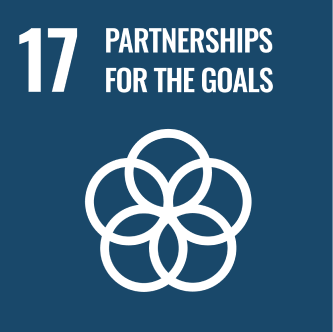Materialities
- TOP
- Sustainability
- Materialities
Materialities
1. Providing reliable cloud infrastructure and fostering innovation
We ensure customer safety, security, and trust, and build reliable infrastructure that contributes to operational efficiency through the standardization of BtoB transactions. In addition, we will build partnerships through collaboration to foster continuous innovation.





2. Addressing climate change and contributing to global environmental conservation through our business
Through our platform business promoting DX, we will work on CO2 reduction through paperless solutions and contribute to a recycling-oriented society. We will also enhance environmental awareness among all employees and promote efforts to reduce our environmental impact.




3. Creating an environment where diverse human resources can thrive, and contributing to society
We foster a corporate culture that continuously creates new value by respecting diversity and enabling work styles that align with individual lifestyles. Through this environment, we will create businesses that contribute to productivity and work style reforms and create social value.



4. Transparency, fairness, and compliance in management
We will establish a corporate governance system that respects transparency, fairness, and compliance, and contribute to all stakeholders, including customers, business partners, shareholders and investors, and employees.


Overview and Identification of Materialities
The Company will continue to grow together with our customers, both as a company and as individuals, and
contribute to society through essential business that provide substantial benefits to the world, and bring joy
to the world. Under this philosophy, we will promote efforts to address environmental and social issues through
our business activities. We have identified four key materiality themes that we look to prioritize. As a
platform provider for BtoB transactions, we aim to achieve sustainable corporate growth and transform society
for the better.
We identified materialities in five steps. In Step 1 task organization, we prioritized and rated the importance of
147 ESG initiatives based on an external evaluation* to identify current issues. In the business environment analysis
conducted as part of Step 2, we organized and prioritized Infomart's ESG initiatives in relation to risk items created
based on SASB/SDGs and global risk reports. In Step 3, we created a materiality map by classifying the prioritized
items from Step 1 (task organization) and Step 2 (business environment analysis). We have mapped the key themes for
Infomart. In Step 4, we aligned the selected key themes with the content from internal hearings to finalize materiality
selection. Finally, we arrived at the four key materialities for the Company.
* External evaluation: GRI, TCFD, SASB, Refinitiv
Materiality Identification
1
Task organization
Status classification based on external evaluation. Assign priorities and importance to each ESG item to identify challenges.
2
Business environment analysis
Organize and prioritize Infomart's ESG initiatives in relation to risk items created based on SASB/SDGs and global risk reports.
3
Materiality mapping
Classify the prioritized items from task organization and business environment analysis to create a materiality map.
Mapping key themes for Infomart.
4
Internal hearings
Materialities are selected by matching the important themes identified with the content from internal hearings.
5
Setting of materialities
The four key materialities of importance to Infomart were determined.
